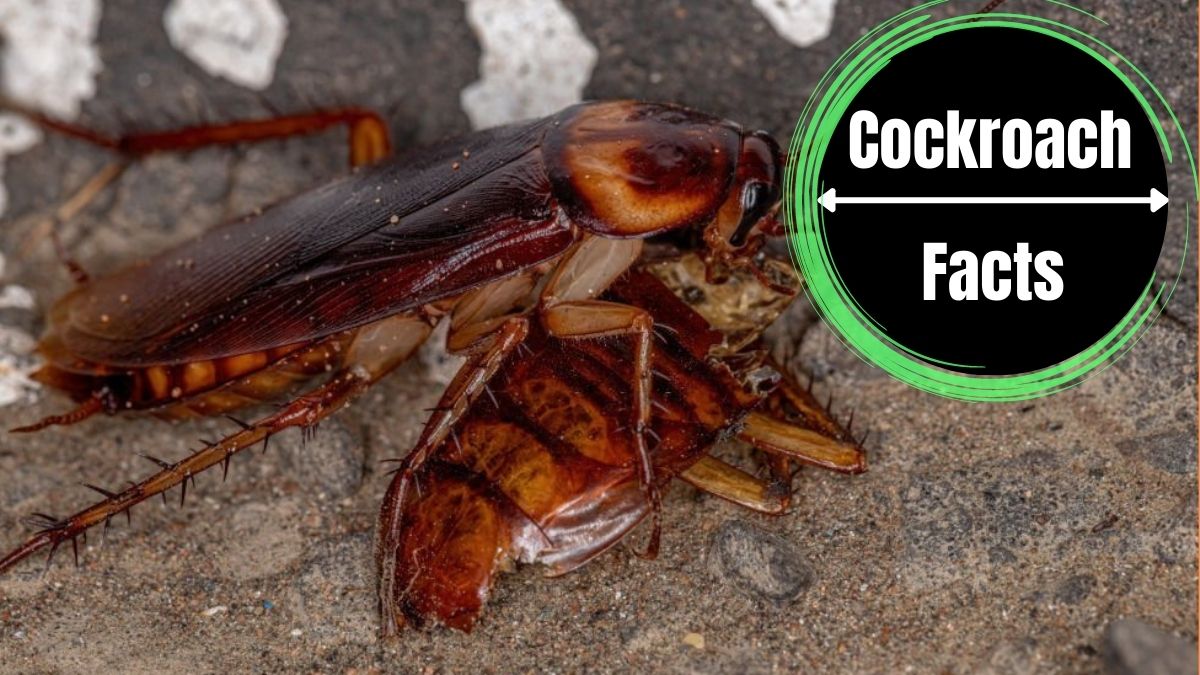Cockroaches, those resilient insects that have thrived on Earth for millions of years, are known for their adaptability and survival skills. Among the many intriguing aspects of cockroach behavior is their tendency toward cannibalism.
Cannibalism Among Cockroaches: A Natural Phenomenon
Cannibalism, defined as the act of one member of a species consuming another member of the same species, is not uncommon among cockroaches. While it might sound shocking, this behavior is rooted in survival instincts and ecological dynamics. Cockroaches are opportunistic omnivores, meaning they feed on a wide range of organic matter, including decaying plants, food scraps, and even other insects.
Reasons Behind Cockroach Cannibalism
Resource Scarcity
Cockroaches are highly adaptable insects that often thrive in environments with limited resources. In crowded areas or during food shortages, cockroaches might resort to cannibalism as a means of acquiring sustenance and increasing their chances of survival.
Competition for Territory
In habitats where space is limited, cockroaches might engage in cannibalistic behavior as a way to eliminate competition. By consuming weaker or injured members of their own species, they reduce the number of potential competitors for food and shelter.
Predator Avoidance
Cannibalism can be a mechanism for cockroaches to avoid detection by predators. Consuming deceased or injured individuals can help eliminate potential signals that attract predators, thus enhancing the overall survival of the group.
Prevalence of Cannibalism Among Cockroaches
Cannibalism is observed across various cockroach species, although its frequency can vary based on environmental conditions, population density, and the availability of alternative food sources. Certain species are more prone to cannibalism than others, with factors like aggression levels, nutritional needs, and social structure influencing their behavior.
Instances of Cockroach Cannibalism
Juvenile to Adult
In some species, juvenile cockroaches might fall victim to cannibalism by adult individuals. This can occur due to competition for limited resources or as a result of opportunistic feeding behaviors.
Injured or Weakened Individuals
Cockroaches are known to exhibit cannibalistic behavior toward injured or weakened members of their own species. This is often observed when individuals are unable to escape due to physical limitations.
Molting Process
Cannibalism can occur during the molting process when cockroaches shed their exoskeleton to grow. The soft, newly molted individuals are vulnerable and can become targets for cannibalistic behavior.
Implications and Ecological Significance
While cockroach cannibalism might appear gruesome, it serves a vital ecological role. In overcrowded or resource-scarce environments, cannibalism can regulate population sizes and prevent unchecked growth. This, in turn, contributes to maintaining a balanced ecosystem.
Research and Future Studies
Scientific understanding of cockroach cannibalism continues to evolve, and ongoing research seeks to uncover the nuances of this behavior. Studies might explore the triggers that prompt cannibalistic tendencies, the physiological responses associated with consuming conspecifics, and the potential implications of cannibalism on population dynamics.
Conclusion
Cannibalism among cockroaches, though intriguing and sometimes unsettling, is a natural behavior rooted in survival instincts and ecological dynamics. It serves as a testament to the adaptability and resourcefulness of these ancient insects. As researchers delve deeper into the reasons behind cockroach cannibalism and its ecological significance, our understanding of these remarkable creatures and their role within ecosystems is likely to expand.

